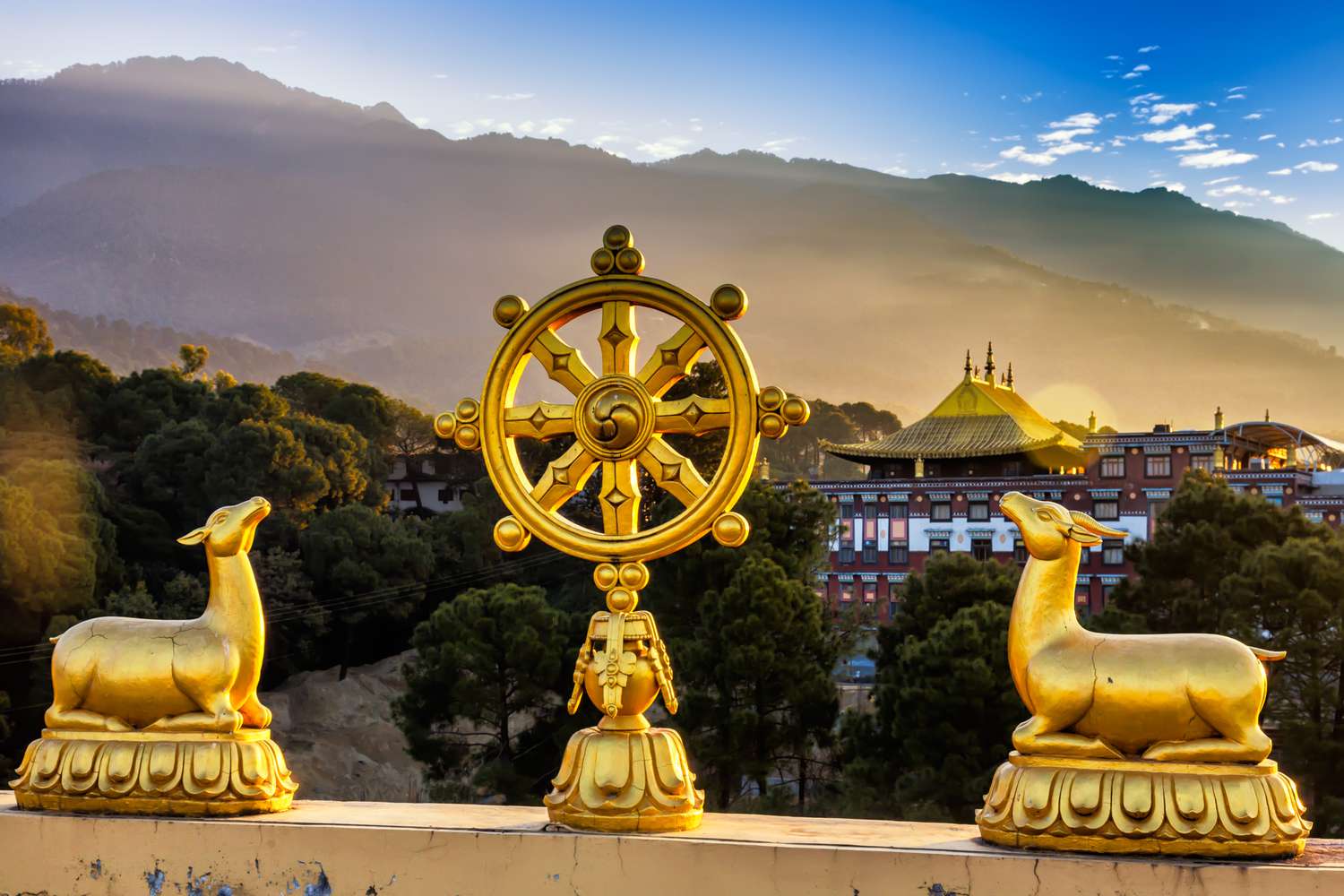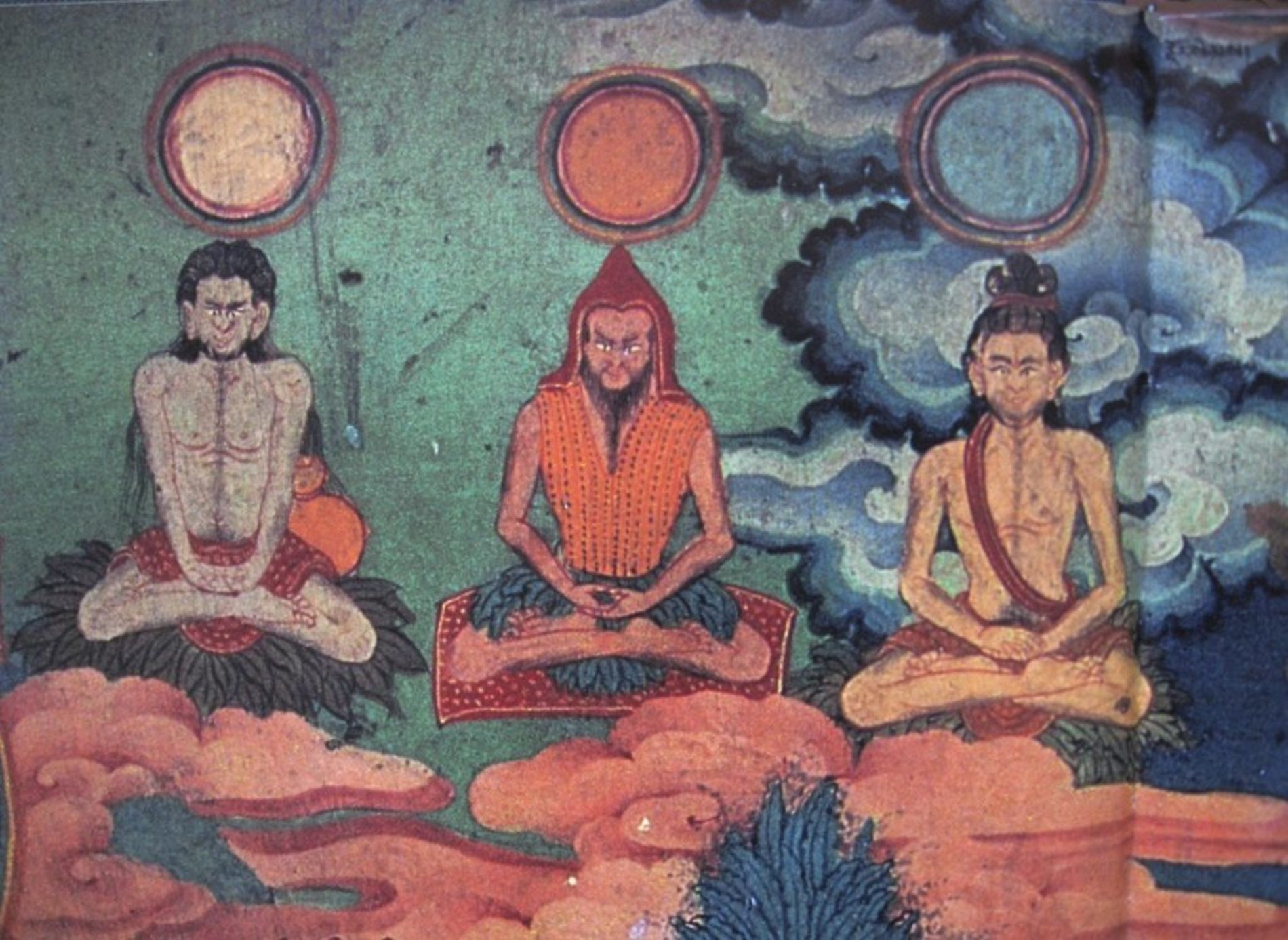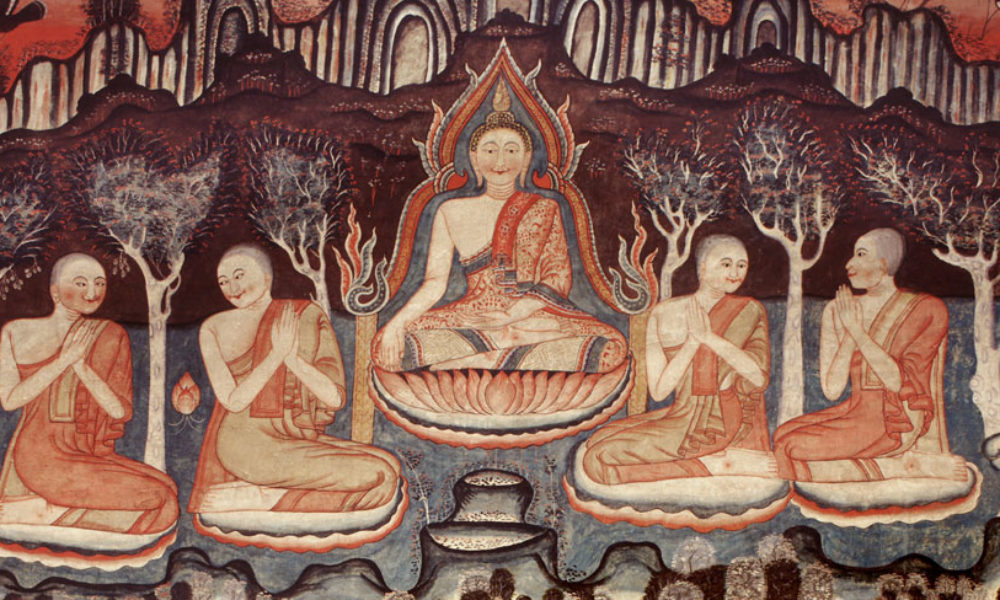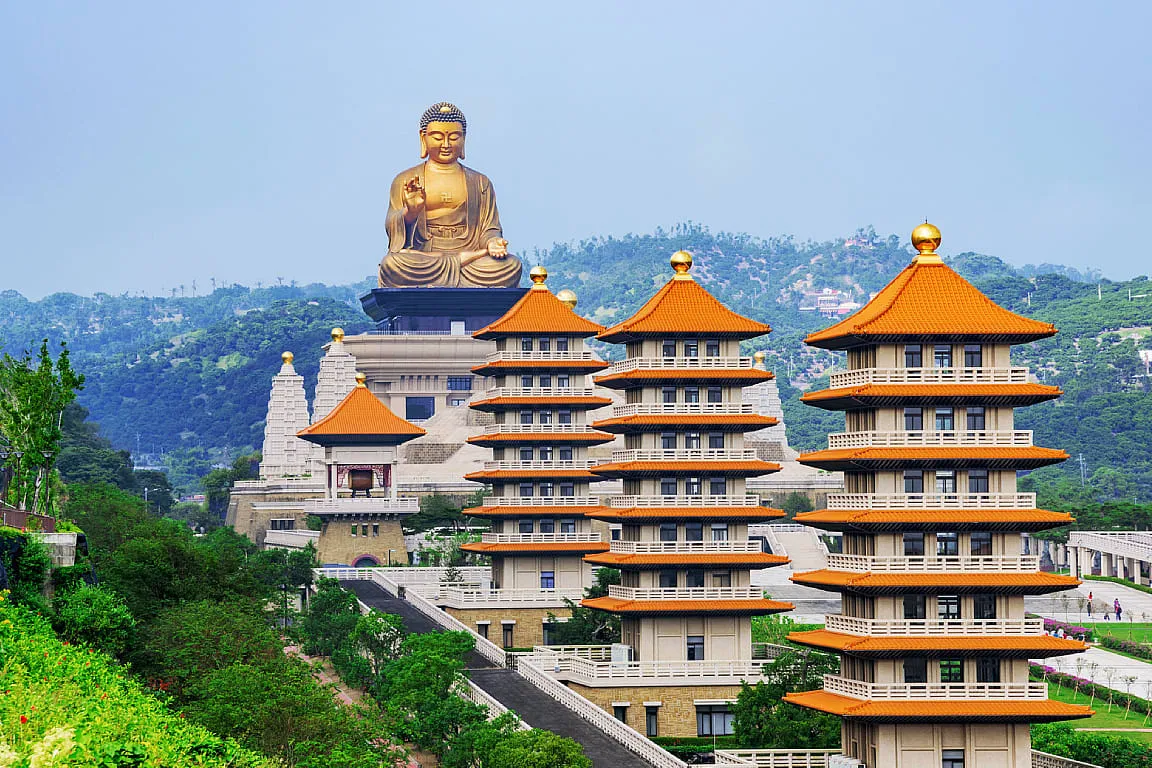The Buddha’s first teaching after his enlightenment centered on the Four Noble Truths, which are the foundation of Buddhism. It is said that when the Buddha first realized enlightenment, he had no intention of teaching. But upon reflection—in the myths, he was asked to teach by gods—he decided to teach to relieve the suffering of others.
- The truth of suffering (dukkha)
- The truth of the cause of suffering (samudaya)
- The truth of the end of suffering (nirhodha)
- The truth of the path that frees us from suffering (magga)
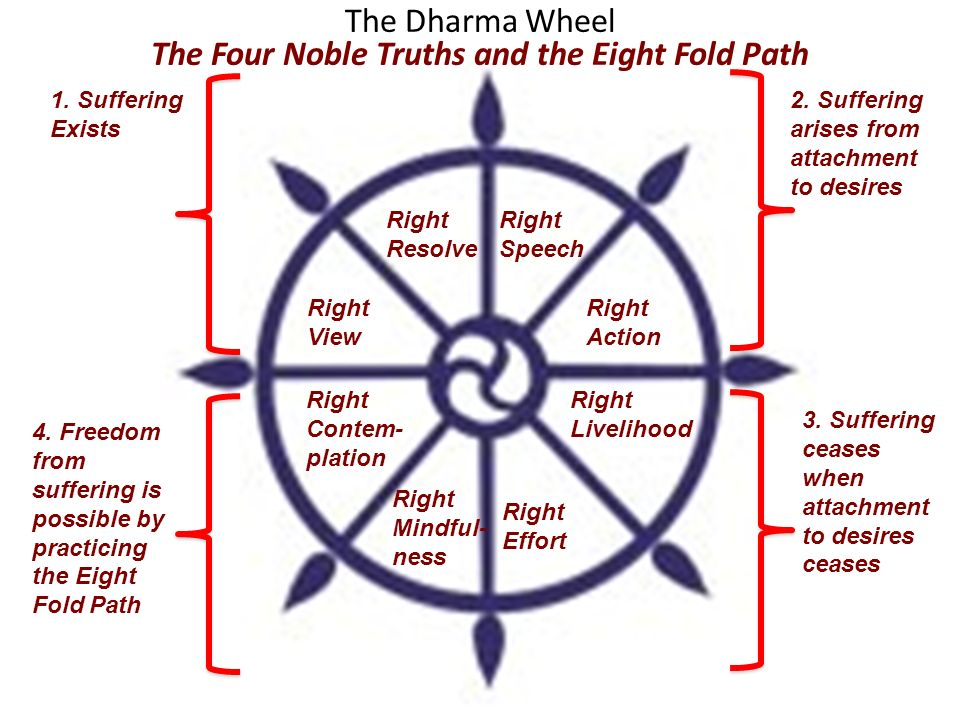
The Buddha is sometimes compared to a physician treating a patient. The First Noble Truth diagnoses a disease. The Second Noble Truth explains the cause of the disease. The Third Noble Truth prescribes a remedy. And the Fourth Noble Truth is the treatment plan.
Quite often, people get hung up on “life is suffering” and decide Buddhism isn’t for them. However, if you take the time to appreciate what the Four Noble Truths are really about, everything else about Buddhism will be much clearer. Let’s look at them one at a time.
The First Noble Truth
The Truth of Suffering (dukkha)
Life always involves suffering, in obvious and subtle forms. Even when things seem good, we always feel an undercurrent of anxiety and uncertainty inside.
Dukkha isn’t just suffering, English translation doesn’t grasp the meaning fully.
Dukkha refers to anything that is temporary, conditional, or compounded of other things. Even something precious and enjoyable is dukkha because it will end.
The Buddha said, “All I teach is suffering and the end of suffering.” Suffering in his teaching does not necessarily mean grave physical pain, but rather the mental suffering we undergo when our tendency to hold onto pleasure encounters the fleeting nature of life, and our experiences become unsatisfying and ungovernable.
The Second Noble Truth
The truth of the cause of suffering (samudaya)
The Second Noble Truth delves into the origins of suffering, pinpointing craving as a central cause. Craving, known as “tanha” in Pali, encompasses three aspects: the thirst for sensual pleasure, the desire for certain states of being, and the urge to rid ourselves of unwanted experiences. While craving is not the sole source of life’s challenges, it often manifests prominently. The Buddha urges us to examine our cravings, whether they involve simple pleasures, ambitions for fame or power, or even the desire to eliminate perceived flaws. This Truth emphasizes that it’s not the objects of our desires that are inherently problematic, but rather our attachment to them. Rather than advocating for withdrawal from the world, the Second Noble Truth encourages us to enjoy life without clinging or grasping, fostering mindfulness and understanding of our cravings. By recognizing our interconnectedness with all things and addressing the root of craving, we can transcend suffering.
The Third Noble Truth
The truth of the end of suffering (nirhodha)
The Third Noble Truth in Buddhism teaches the cessation of suffering. It asserts that suffering can be ended by eliminating its root causes, namely desire, attachment, and ignorance. By recognizing and relinquishing these causes, individuals can achieve a state of liberation known as Nirvana, characterized by profound peace, contentment, and freedom from suffering. This truth offers hope and guidance, emphasizing that suffering is not an inherent aspect of existence but rather a condition that can be transcended through spiritual practice and inner transformation.
The Fourth Noble Truth
The truth of the path that frees us from suffering (magga)
The Fourth Noble Truth outlines the Eightfold Path, which serves as a practical guide for achieving the cessation of suffering. This path consists of eight interconnected practices: right understanding, right intention, right speech, right action, right livelihood, right effort, right mindfulness, and right concentration. These aspects encompass ethical conduct, mental discipline, and wisdom, guiding individuals towards a balanced and harmonious way of living. By following the Eightfold Path, practitioners cultivate virtues and qualities that lead to enlightenment and the cessation of suffering, ultimately paving the way for lasting peace and fulfillment.
Further reading:
The Eightfold Path – click here to read
The Roots of Suffering According to Buddhism – click here to read

